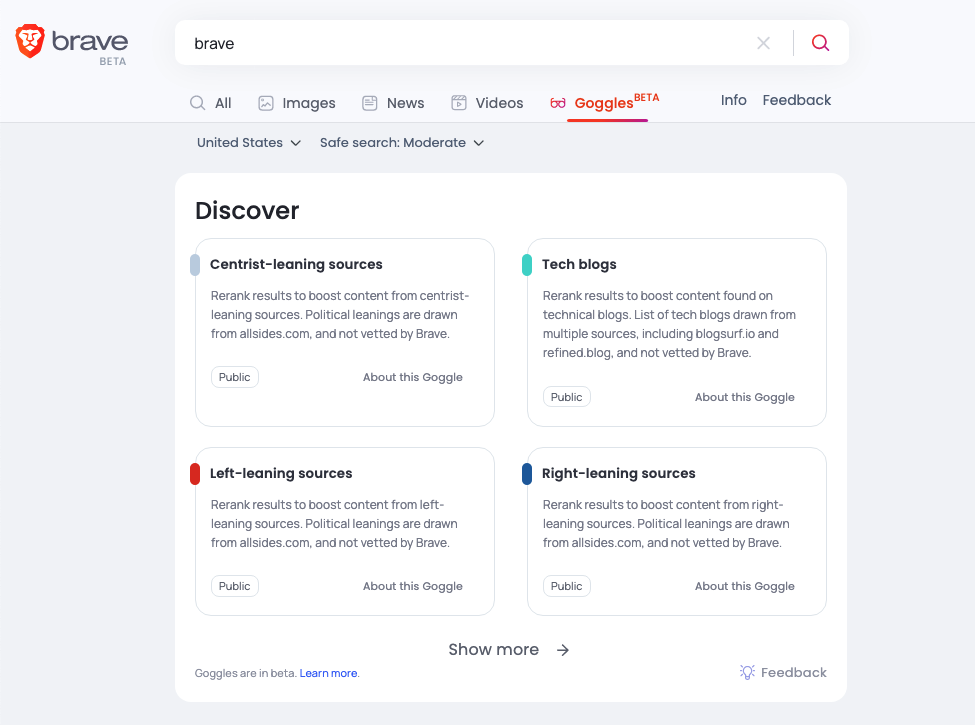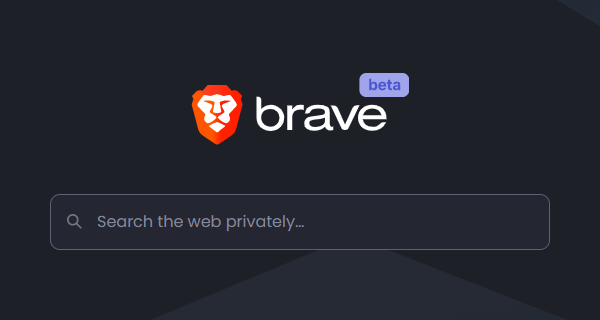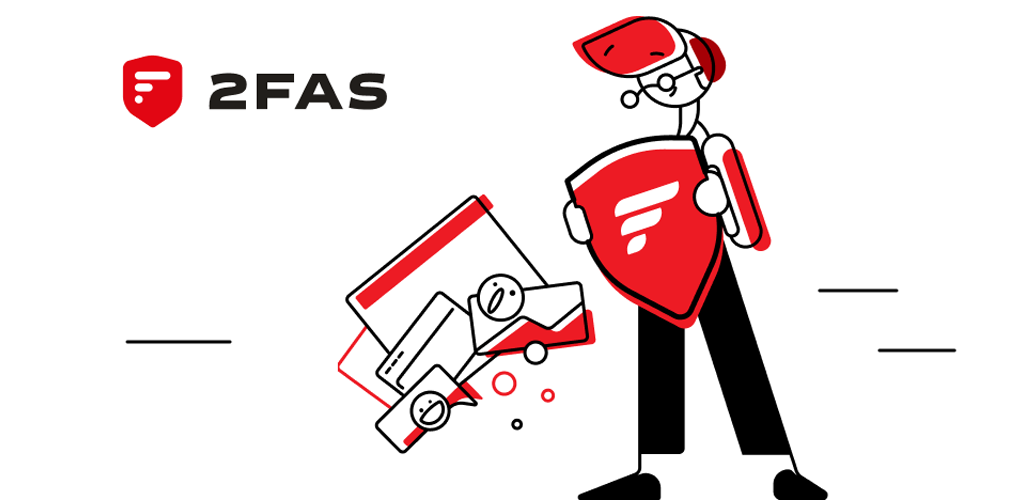Brave Search: A Private, Independent Search Engine from the Makers of Brave Browser
1. What Is It?
Brave Search is a privacy-focused search engine developed by the team behind the Brave browser. Unlike engines that heavily rely on third-party APIs or index data, Brave Search aims for independence, operating its own index rather than pulling results primarily from Google or Bing. It integrates with Brave Rewards and Brave’s private ecosystem, but can be used in any modern browser— giving users an alternative to mainstream services like Google, DuckDuckGo, or Bing.
Which Problem Does It Solve? Modern search engines often trade data privacy for convenience. Brave Search addresses this by avoiding personalized tracking, relying on an anonymized search query model, and building a more transparent search platform. For MyDigitalFortress readers, it offers a less data-invasive alternative with minimal reliance on big-tech data pipelines.
2. Technical Foundations
Independent Web Index & Goggles
Brave Search operates its own index (the “Brave Index”) to serve a majority of results rather than relying heavily on other providers. For less-common queries, it may blend data from third-party APIs—referred to as “Fallback Mixing.” Additionally, Brave introduced Goggles, a feature letting users customize search ranking by applying user-created rules (e.g., boosting certain domains or excluding others). This unique approach aims at giving the community more control over how results are displayed.
Privacy-First Model
Brave states it does not create personal profiles or store identifiable query logs, focusing instead on anonymized usage metrics to refine search relevance. Their approach aligns with the Brave browser’s commitment to blocking trackers and ads by default, but each service can be used independently. For MyDigitalFortress fans who want minimal data footprints, Brave’s promise of local user anonymity stands out among corporate search providers.

3. Who Is It For?
Brave Search caters to:
- Privacy Advocates: Users seeking an alternative to Google or Bing with minimal tracking.
- Independent Web Enthusiasts: Those wanting a search index less reliant on big-tech infrastructure.
- Goggles Experimenters: People who enjoy creating or using custom ranking filters to mold their search results.
- Brave Browser Users: Individuals already in the Brave ecosystem, though Brave Search is available anywhere.
From a MyDigitalFortress perspective, Brave’s attempt to build an independent index, combined with its privacy stance, resonates with user autonomy and transparency in data usage.
4. Use Cases & Real-World Examples
- Personal, Privacy-Focused Searching: Individuals wanting to reduce big-tech footprints shift daily web queries to Brave Search, trusting Brave’s no-profile approach.
- Experimenting with Goggles: Developers create custom ranking “goggles” that emphasize specific news sources or exclude clickbait sites entirely.
- Small Businesses & SEO Testing: Marketers test site visibility in Brave to see if niche content surfaces differently than on mainstream search engines.
- Alternate Default Search in Browsers: Brave is integrated by default in Brave Browser, but users can manually set it in Firefox, Chrome, or Safari as well.
5. Pros & Cons
Pros
- Privacy-Centric Approach: No personal profiling or search logs, potentially less tracking than Google/Bing.
- Independent Index: Doesn’t rely heavily on big providers, fosters competition and diverse web coverage.
- Goggles Feature: Unique ranking customization, letting communities craft specialized filters or “perspective-based” search.
- Seamless Brave Integration: Ties into Brave browser (if desired), continuing the privacy ethos across browsing and searching.
Cons
- Lesser Coverage or Relevancy vs. Google: Brave’s index is newer, so obscure queries may yield fewer results or Fallback Mixing.
- Ongoing Development: The service is still evolving; some advanced features (e.g., local search, specialized operators) might be limited.
- Ads & Funding Model: Brave’s reliance on Brave Ads or future monetization strategies could shape search experience or incentive structures.
- Potentially Biased Goggles Usage: While user-driven ranking can be positive, it can also reinforce echo chambers if misused.
6. Getting Started
Ready to try Brave Search? Here’s a simple overview:
- Visit Search.Brave.com: Go to search.brave.com in any browser.
- Set as Default (Optional): In Brave Browser’s settings or your own browser’s search engine preferences, choose Brave Search as default.
- Review Privacy Preferences: Inspect Brave Search Goggles page, note any toggles for local results or personalization.
- Explore Goggles: Check out Goggles Beta for custom ranking rules, or try community-created goggles for curated search experiences.
- Compare Results & Provide Feedback: Brave encourages user feedback on relevancy, helping them refine their index independently of big-tech data.
7. Conclusion & Next Steps
Brave Search stands out in a crowded field by prioritizing user privacy and independent indexing, offering an intriguing alternative to centralized search giants. Its introduction of Goggles demonstrates a commitment to empowering users with custom ranking rules—a unique spin on controlling search results.
For MyDigitalFortress readers, Brave Search may complement a broader strategy of reducing reliance on data-hungry services. Yet it’s still maturing; coverage or relevancy can lag behind Google for obscure queries. Try it out for daily searches, gauge its performance, and consider the intangible benefit of a less invasive search environment.
Next steps? Set Brave Search as default for a week, compare queries, and toy with Goggles for specialized results. By doing so, you’ll see firsthand whether Brave’s approach to privacy, transparency, and community-driven ranking aligns with your personal “digital fortress.”





